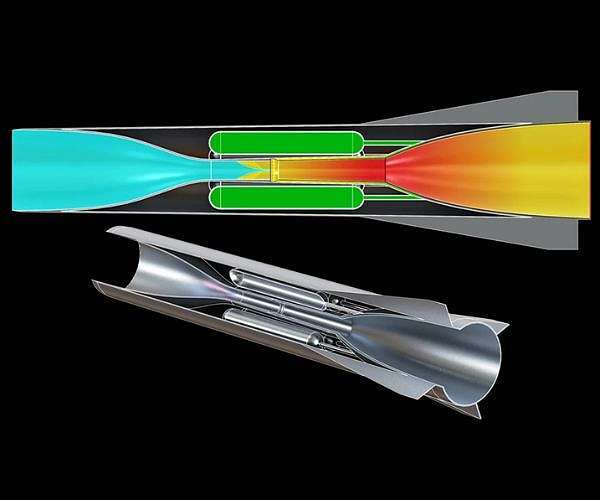14.09.2023

A new Naval Research Laboratory funded project led by a UCF researcher will work to create a morphing hypersonic engine for ultra-fast travel, building on UCF's already leading edge developing hypersonic propulsion.
Hypersonic propulsion would allow for air travel at speeds of Mach 6 to 17, or more than 4,600 to 13,000 mph, and has applications in commercial and space travel. Although the technology has been around since the 1960s, countries including the U.S., Russia and China, are racing to improve the systems to achieve more efficient and longer, more sustained hypersonic flight.
The $450,000 Naval Research Laboratory grant-funded project will develop a hypersonic engine that can morph or transform its configuration during flights to optimize performance.
"Most hypersonic engines are structurally fixed due to the challenging flight environment," says the project's principal investigator Kareem Ahmed, a professor in UCF's Department of Mechanical and Aerospace Engineering. "Our research will show the performance gains from an adaptable engine configuration that would self-optimize its surfaces to maximize performance power, thrust and travel distance which is the first of its kind for hypersonic engines."
Ahmed is a leading researcher in the field of hypersonics, achieving the first stabilized and sustained rotating detonation wave for hypersonic travel and heading a $1.5 million U.S. Department of Defense award to develop high-performance fuels for hypersonic propulsion.
This new research project is based off Ahmed's work on "scramjet", or supersonic combustion ramjet engines. The key feature of a scramjet engine is its ability to combust air at supersonic speeds without slowing it down to subsonic speeds, as is done in traditional jet engines.
Ahmed and his research team have developed an aerothermodynamic model for the hypersonic, morphing scramjet engine and are currently in the stage of experimental testing it to assess the performance. Aerothermodynamics analyzes the interaction of gases at high speeds and elevated temperatures.
"We are very happy for being selected for the program," Ahmed says. "Our lab has been a leader and innovator in high-speed and hypersonic propulsion and this program gives our group the opportunity to contribute and make an impact."
Quelle: SD

